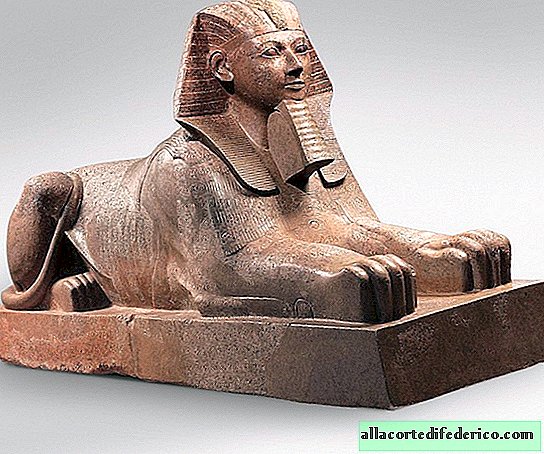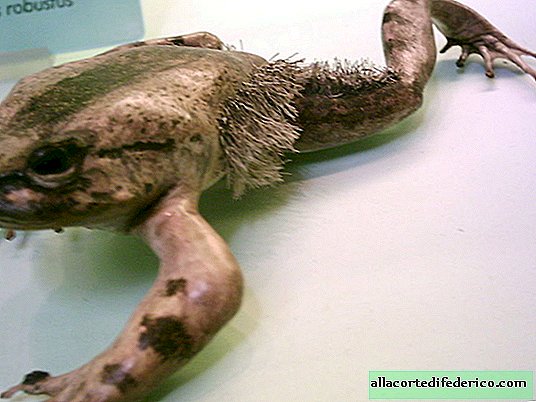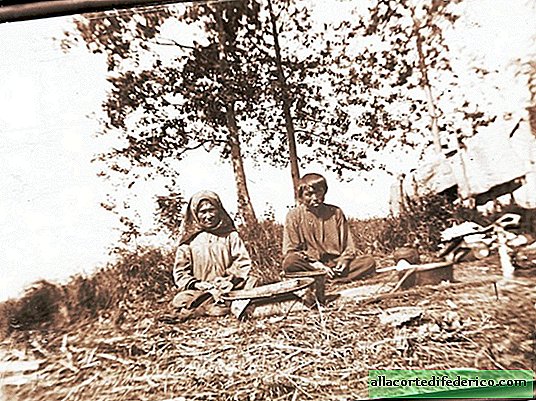Hatshepsut: she had to wear a beard to become a real pharaoh
This woman-pharaoh is not as famous as, for example, Cleopatra, but her life and history of being on the throne are no less interesting. She had to break stereotypes, resort to the help of the god Amon, fight for power with her brothers and even wear a false beard to become a real pharaoh. With her, Egypt achieved prosperity, carried out large-scale trade and military campaigns, and the memorial temple of Hatshepsut in ancient Thebes is rightfully considered one of the outstanding creations of ancient Egyptian architects. But historians still argue about how this woman ascended the throne and what role her younger brothers played in this.
Power in Egypt, with the exception of rare cases, was transmitted along the male line, and a girl who had two brothers could not count on the throne. But the daughter of Thutmose I had a different fate, and she, contrary to all circumstances, became the supreme ruler of Ancient Egypt. Hatshepsut was on the throne as a result of a number of difficultly predicted events in the middle of the 2nd millennium BC. There are several versions of the events of that distant era, and here is the most probable of them.
 Hatshepsut statue in the image of the sphinx
Hatshepsut statue in the image of the sphinxAfter the death of her father, she was the only heiress, since she was a descendant of his first wife, and Thutmose I himself repeatedly proclaimed her his successor. But the position of a woman, even the daughter of Pharaoh himself, was rather precarious in those days - priests and other adherents of traditions preferred to see a man on the throne. The unexpectedly departed pharaoh also had sons, although they were not born the main wife of the pharaoh, as was the case with Hatshepsut. Nevertheless, supporters of Thutmose II were able to secure his throne, and Hatshepsut had to marry him.
But the young queen became the wife of her own brother for one purpose - to legitimize her right to the throne. And soon she waited in the wings - Thutmose II died just 4 years later. The clever and prudent Hatshepsut also understood that it was necessary to attract priests and military leaders who, at the right time, supported her. As a result of her planned actions, the rightful heir to the throne - Thutmose III (son of Thutmose II) was sent as far as possible from the palace, and our heroine became his regent.
 Hatshepsut Statue
Hatshepsut StatueBut in ancient Egypt it was not enough to remove competitors from power, it was necessary to fit into the existing world of gods and cults. All the pharaohs were governors of the gods on earth, so Hatshepsut decided to proclaim herself the daughter of Amon-Ra himself, and the faithful priests confirmed such a sacred origin. Hatshepsut was recognized as a pharaoh. To further legitimize her position, she began to wear a false beard at important events and religious ceremonies. Most of the statues of the woman-pharaoh, which were created after her accession to the throne, depict her in the image of a man.
The daughter of Thutmose I was a glorious follower of his father's endeavors. But in fairness, it should be noted that she inherited the country in a prosperous period, the queen did not have to fight with a stronger army of invaders, to overcome the consequences of years of famine or ruin. Under Hatshepsut, Ancient Egypt experienced an upsurge in all spheres of life, and it was with its direct participation that the famous voyage to the country of Punt was made, the exact location of which scientists are still arguing about. When Hatshepsut was built many famous temples and palaces, some of which have survived to this day.
 Hatshepsut Memorial Temple
Hatshepsut Memorial TempleAs most researchers believe, Hatshepsut rules about 22 years. All this time, her youngest relative was waiting in the wings, and after the regent's death, Thutmose III ascended the throne. He rather cruelly dealt with the memory of the queen - his kinship with Amon-Ra himself, apparently, was not very impressive. Most of the statues and images of Hatshepsut were broken, and even her name was destroyed - in most temples of the XVIII dynasty period you can see mutilated steles and inscriptions that once contained the name of the queen. Despite all the efforts of the offended successor, the name Hatshepsut has survived to the present day and she went down in history as one of the few female pharaohs.

















